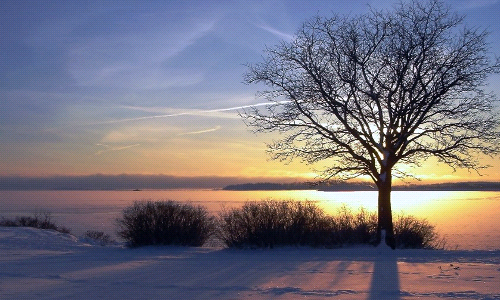Leaves Changing Colors Too Early
It’s quite a treat to enjoy the leaves changing in mid-October. But, if you notice your tree’s leaves are starting to change in August or September it could be an early warning sign of trouble.
An early color change could be a sign of stress. Believe it or not, stress affects trees much the same way it affects people. Stress weakens trees and leaves them more vulnerable to disease or parasites.
Heat and drought can stress trees causing premature color change. However, if you notice it’s only the leaves on a branch or two that are changing, your tree may be dealing with a disease. Leaves that have dark spots or that are significantly discolored can also be an indicator of disease.
It’s much more likely you’ll see the whole tree is prematurely changing color. This is typically a sign of stressed tree roots or in general, a root issue.
When you realize your tree is stressed out the best thing to do is to figure out what type of tree you’re dealing with. Each species of tree present specific symptoms depending on the problems it has.
Be on the Lookout for Galls.
Galls can look like little brown lumps, light or dark-colored balls, and/or they may present as something more complex on leaves or branches of a tree or shrub. These lumpy growths are typically caused by mites, wasps or other creepy crawling and flying pests.
These growths are not simply cosmetic. There’s typically a bug living inside them. Depending on the time of year, you may be able to find galls with their inhabitants still inside, or if it is late August, your tree’s unwelcomed houseguest may have already left.
Galls are not typically a huge problem. However, if your tree has galls it may be an indication your tree(s) are infested.
Typically, it is not a problem to leave the galls be. But, if your tree is in poor health or you want to do away with them for cosmetic reasons, there are a couple of options. You can selectively prune to remove the infected leaves or branches. If that won’t work for you, then there are multiple chemical sprays and/or injections that will help in controlling and mitigating the insect infestation, or disease. These options should only be considered if sustaining the health of tree is possible. Spraying and injecting stressed out trees could be waste of money. We recommend hiring an experienced Certified Arborist to evaluate and assess your trees before making any decisions in treatment applications.
The fall webworm is another pest to watch out for. When webworms are fully matured they transform into moths. These pesky critters are best known for their larval stage. As their name suggest, they build nests out of webs on tree limbs.
Webworms and their nests may cause affected limbs to lose their leaves but they are rarely deadly to the tree. Plus, webworms have natural predators to help control their population.
Simply pruning the affected branch is the best way to get rid of webworms. If that is not a practical option, you can try putting dormant oil on webworm eggs in the spring to get rid of these pests.
Help Your Trees Get Ready for the Cold Weather
As the weather gets colder, we find ourselves bringing our sweaters and coats up from the basement to prepare for the cold months ahead. Trees are much the same way they need a little help to prepare for winter weather.
The harsh weather of the colder months can be very stressful on trees. Your job as a responsible nature lover is to do what you can to help your plants prepare for seasonal change.
Take Advantage of Mulch or Compost
Don't Forget to Water in the Winter
Watch out for Mechanical Injuries
During the fall and winter snow and ice tends to build up on branches. This extra weight can cause branches to break off or even hold trees to topple. Do your best to remove snow and ice quickly so it does not lead to damage down the line.
Fall can be a good time to do some pruning. Trees are dormant in the colder months, and also the lack of leaves can make it easier to see where you should be making your cuts. However, you want to be careful. Each species of tree is different. Make sure to do your homework to know if fall is the ideal time to prune.













